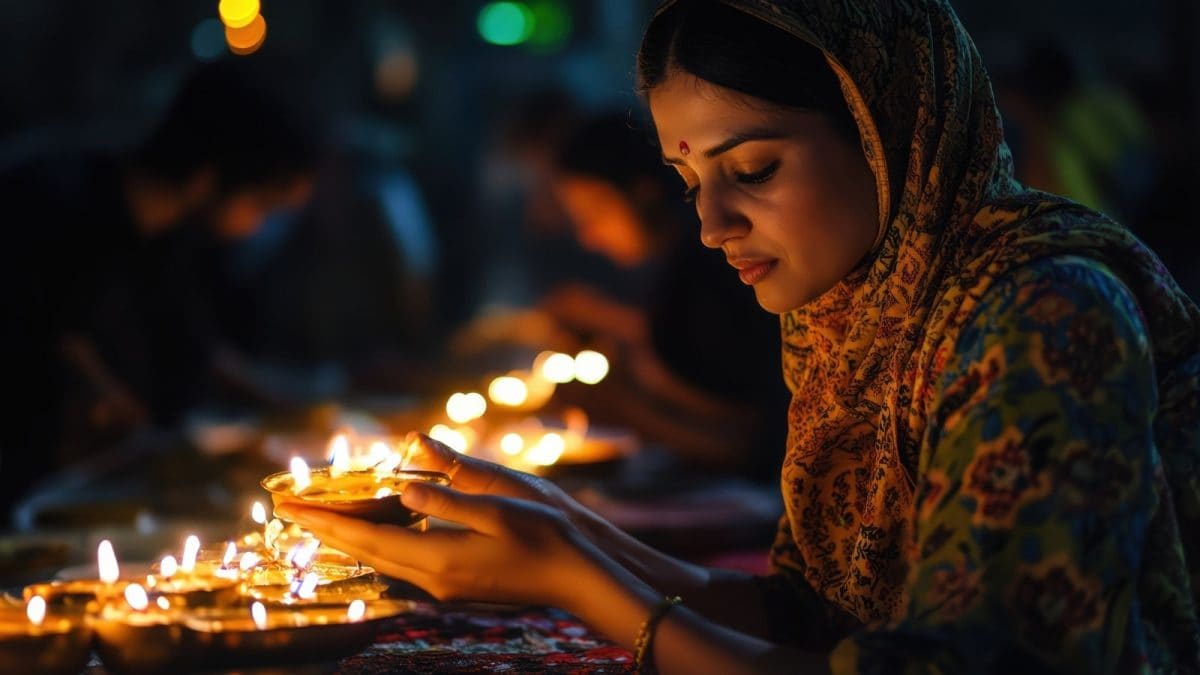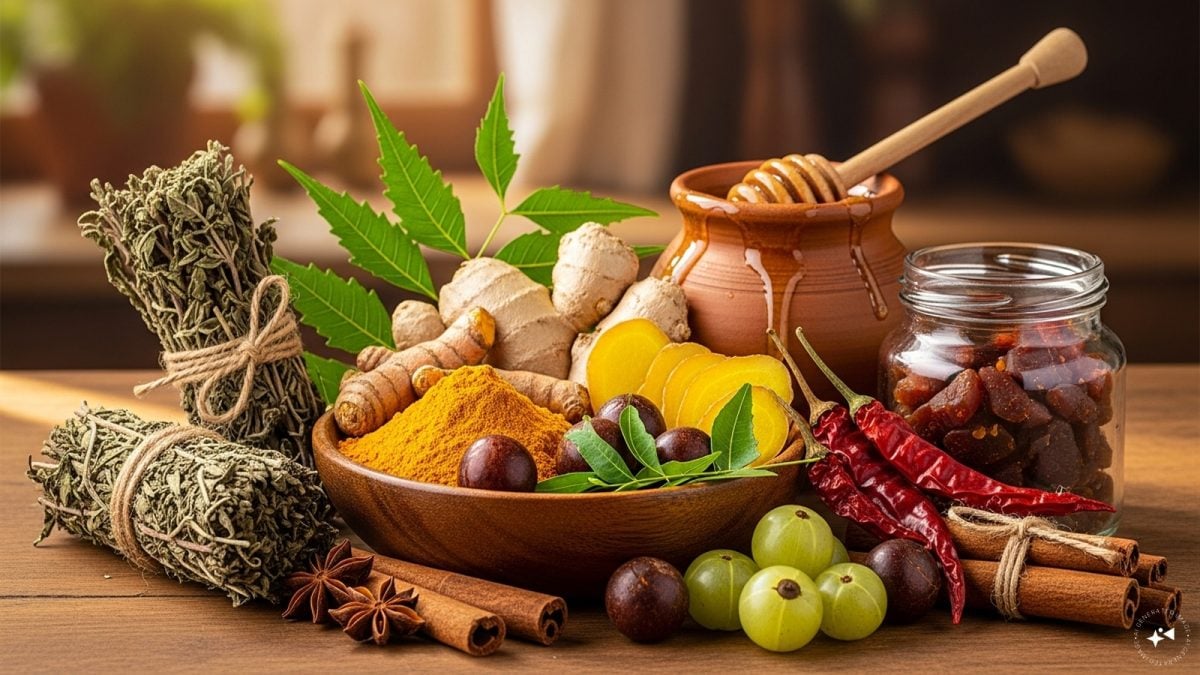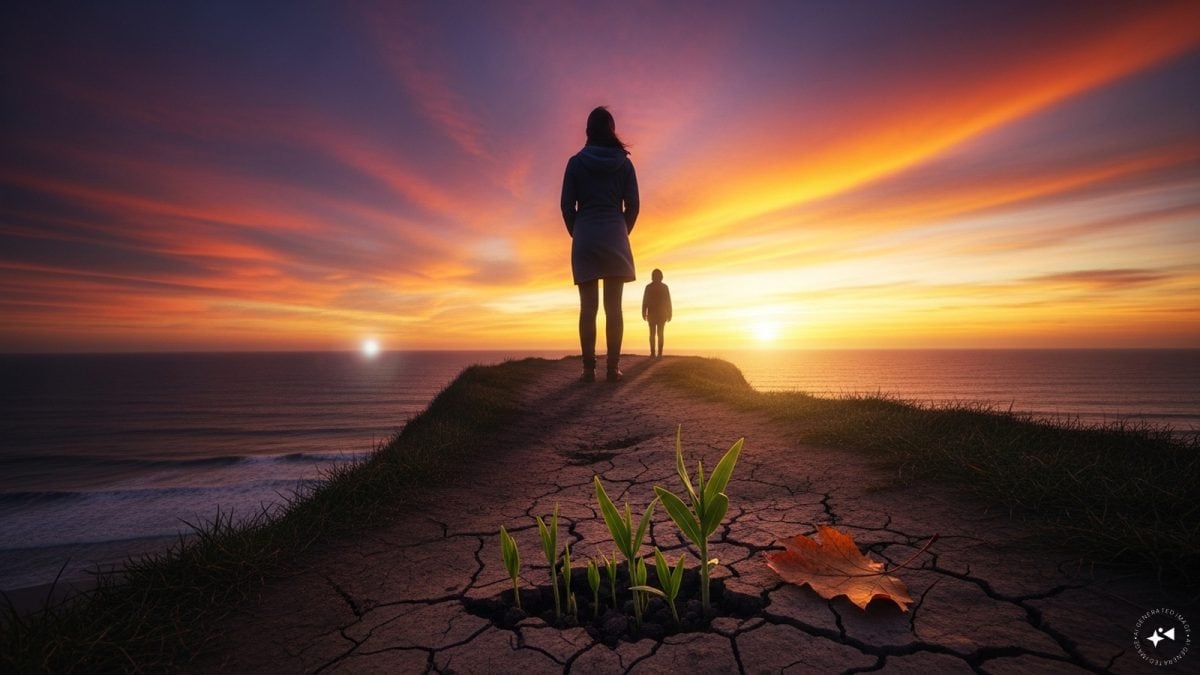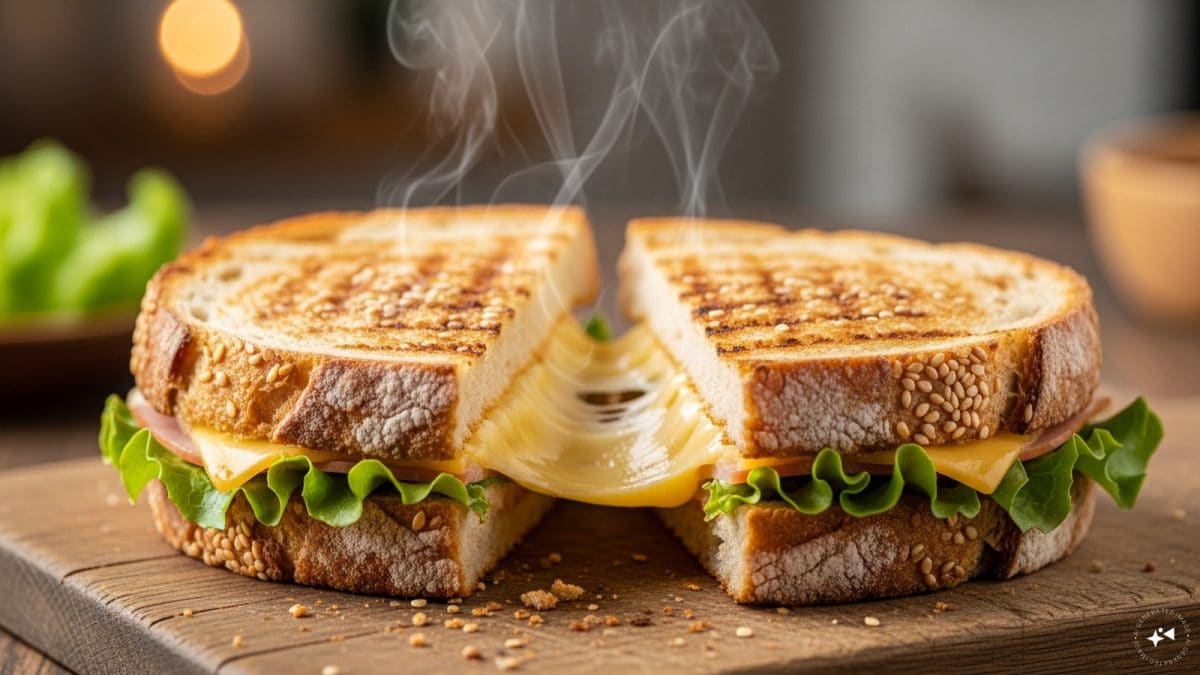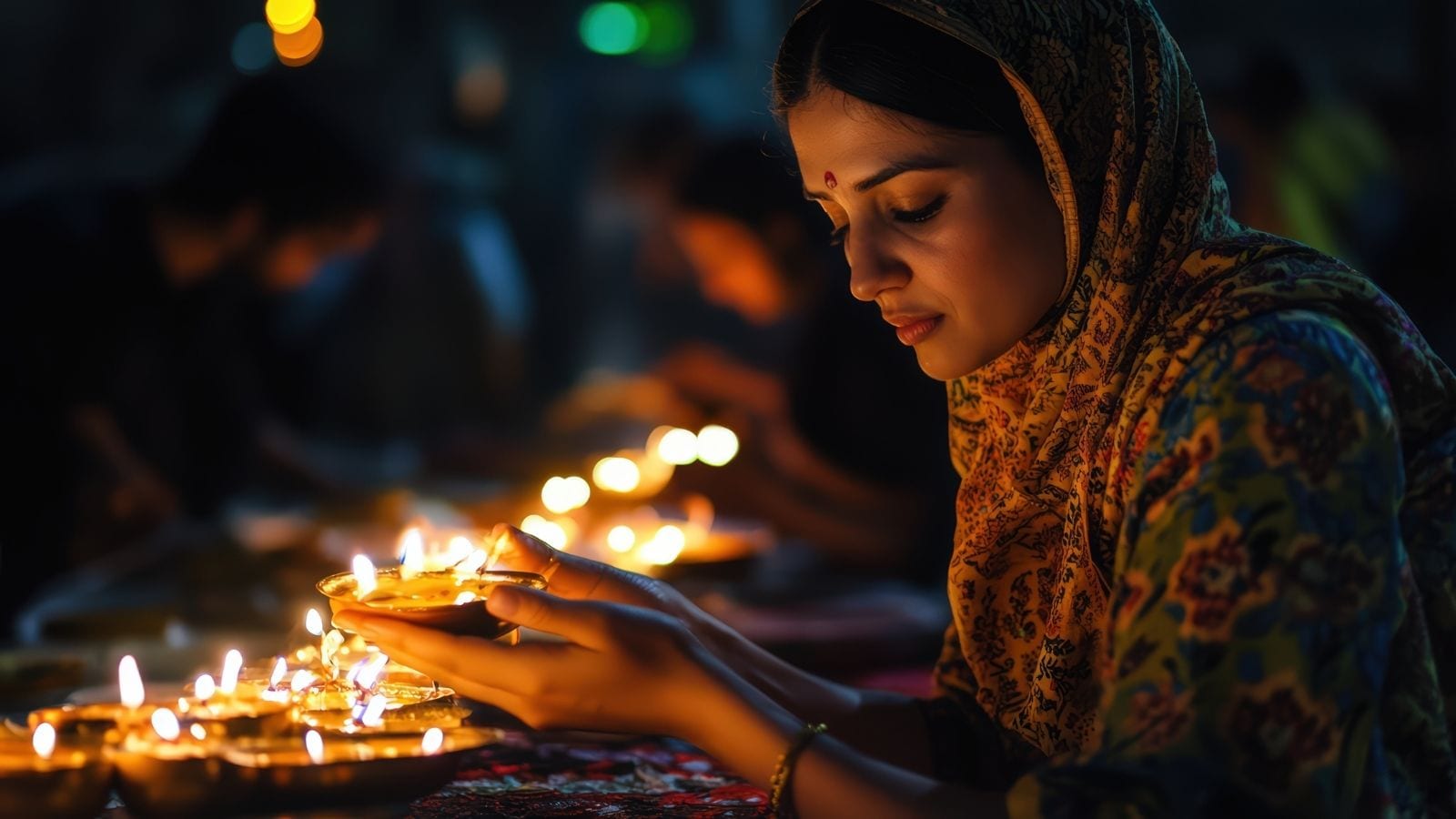
Diwali, also known as Deepavali, is one of the most significant festivals celebrated by millions of people across the world. Here’s how the festival of light is celebrated in different parts of India. (Image: Canva)
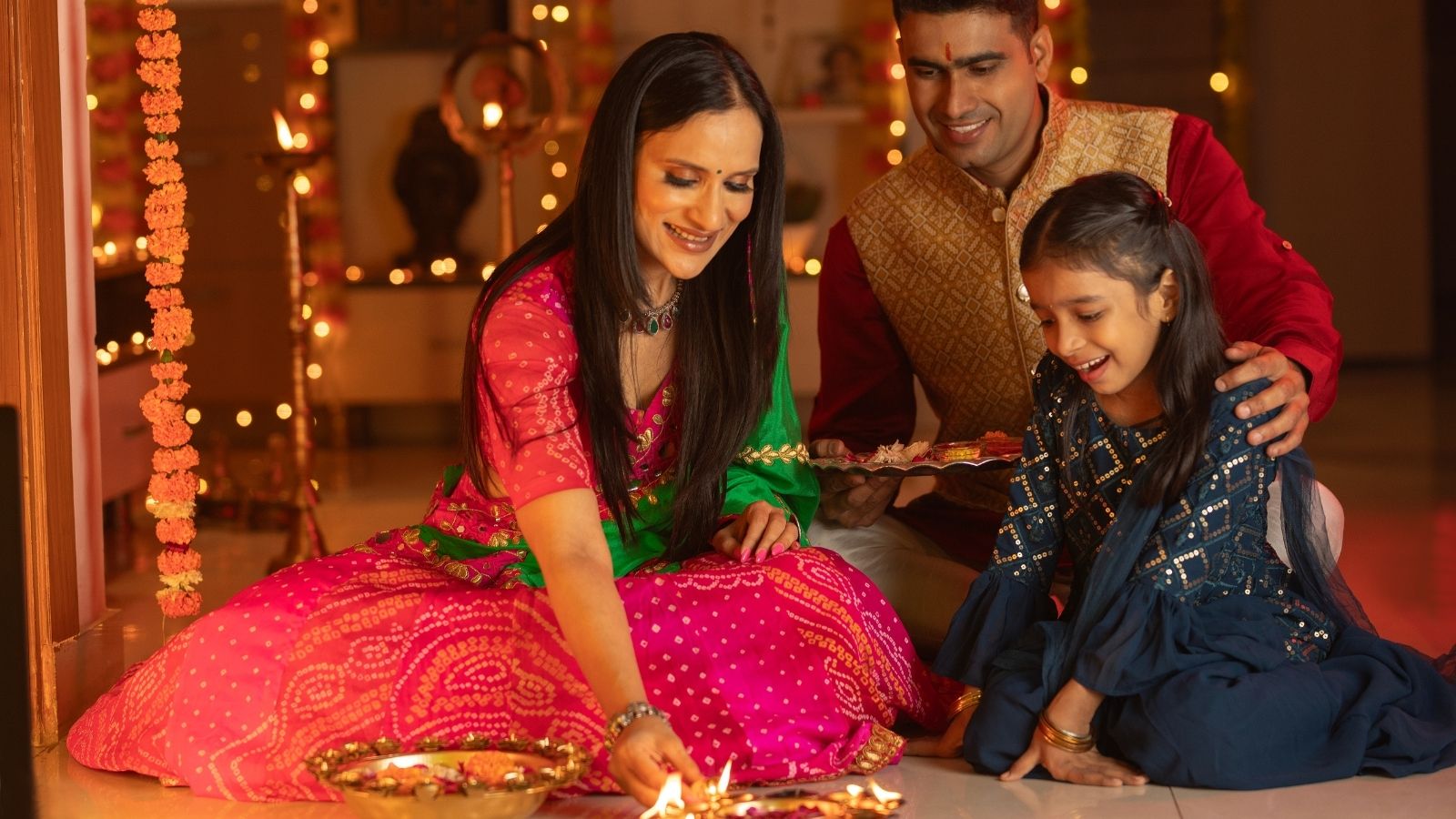
In states like Uttar Pradesh, Delhi, Punjab, and Haryana, Diwali commemorates Lord Rama’s return to Ayodhya after defeating Ravana. Homes are adorned with diyas, rangolis, and fairy lights, and people worship Goddess Lakshmi for wealth and prosperity. Firecrackers light up the night sky, and sweets like soan papdi and laddoos are exchanged. (Image: Canva)
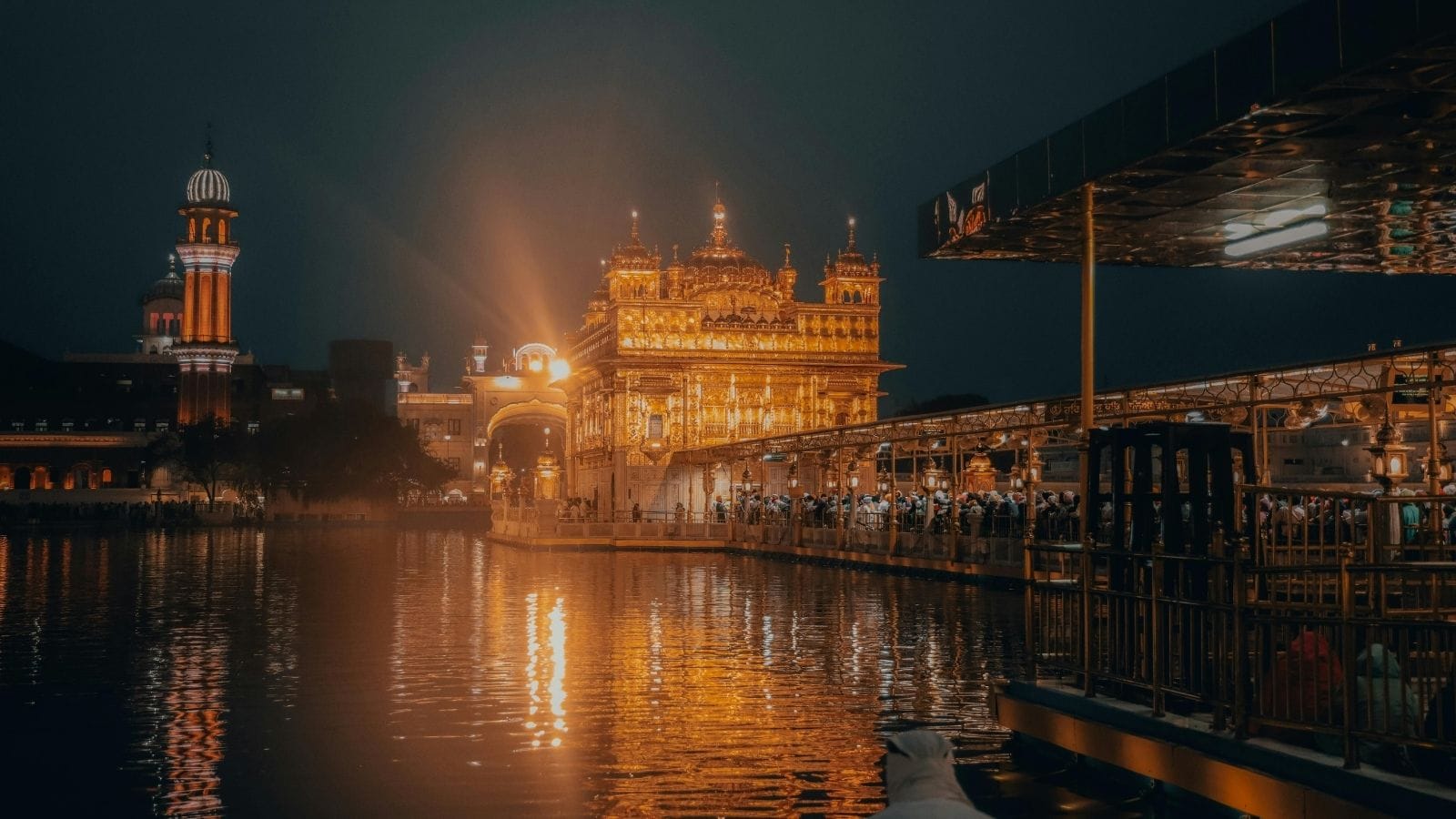
In Punjab, Diwali coincides with Bandi Chhor Divas, marking Guru Hargobind Sahib’s release from prison. Golden Temple in Amritsar glows with thousands of lamps and fireworks. (Image: Canva)
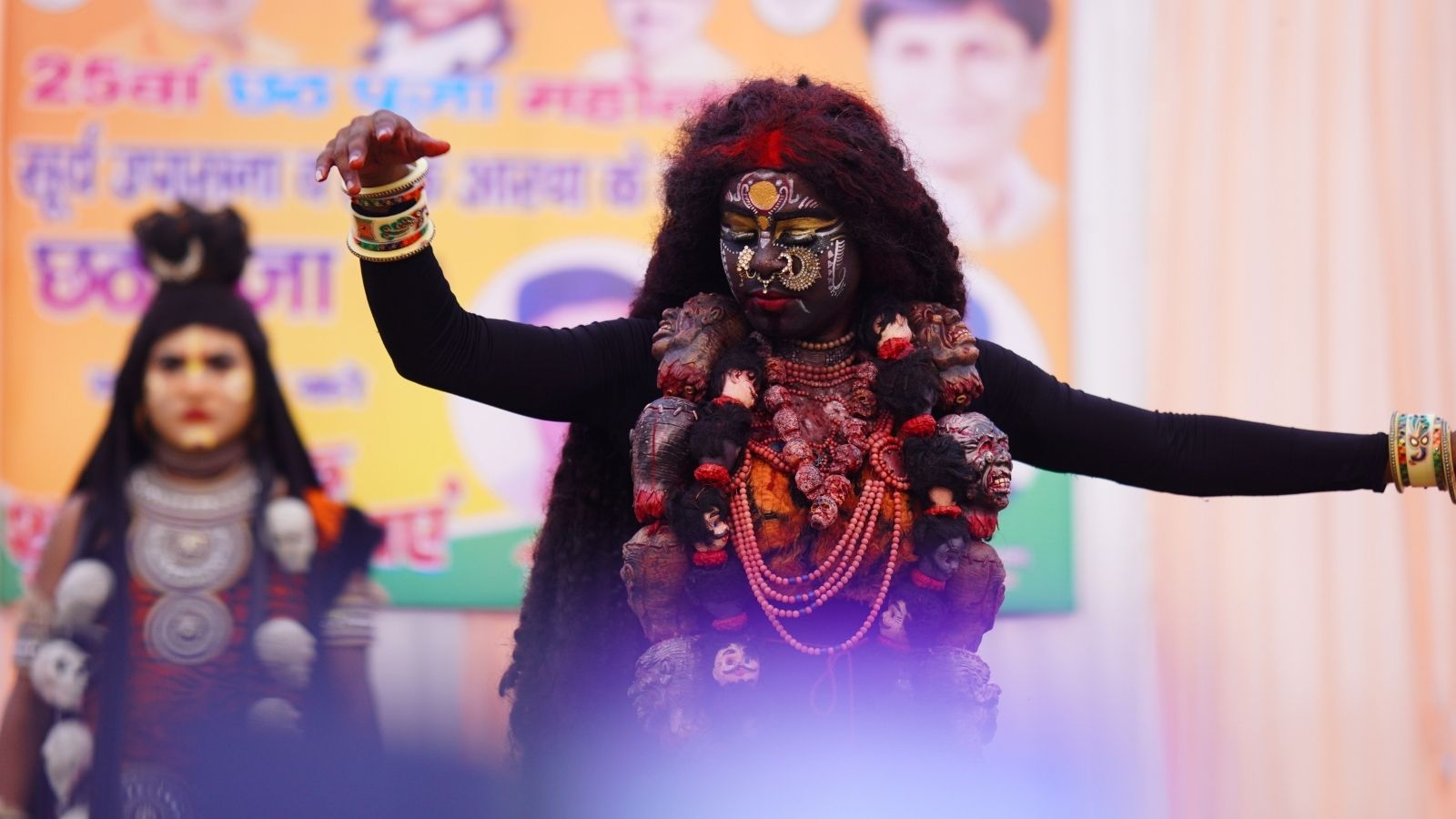
In West Bengal and Assam, Diwali is celebrated as Kali Puja, honoring Goddess Kali, the fierce embodiment of Shakti. Devotees offer meat, fish, and sweets, and elaborate rituals are performed at night. Homes are lit with candles and diyas, but the focus is more spiritual than commercial. (Image: Canva)
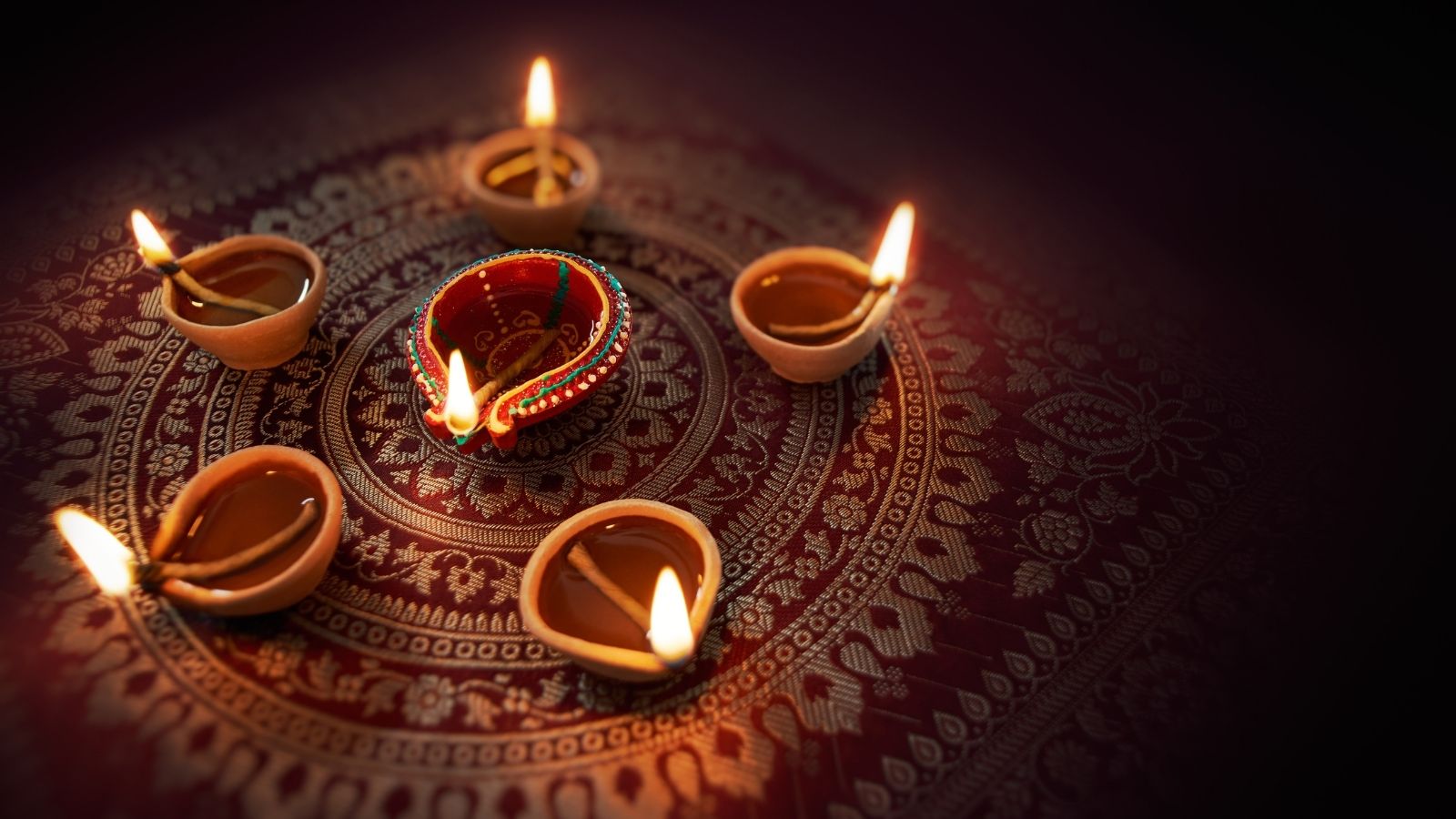
Odisha has a very unique celebration of Diwali. Here, people burn jute sticks to welcome their ancestors, who, it is believed, descend from heaven on the day of Diwali. This happens during Kaunriya Kathi. Often, the jute burning is followed by a prayer that beseeches ancestors to visit in darkness and return along the lighted path. (Image: Canva)
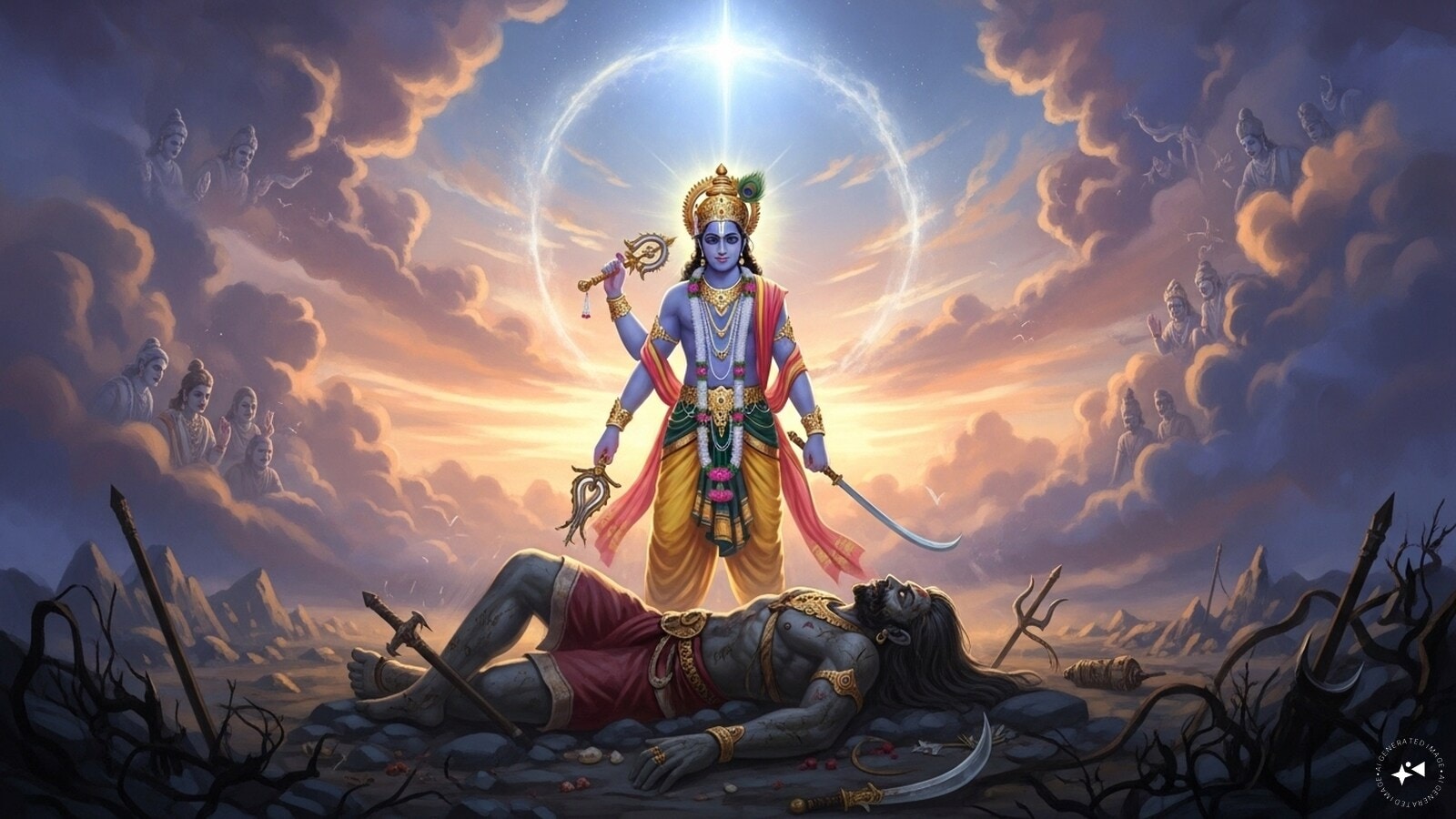
In Tamil Nadu, Karnataka, and Andhra Pradesh, Diwali marks Lord Krishna’s victory over the demon Narakasura. Celebrations begin early with oil baths, new clothes, and bursting crackers. Special dishes like murukku and adhirasam are prepared. Unlike the North, Lakshmi Puja is less central, and the emphasis is on cleansing and renewal. (Image: AI-Generated)
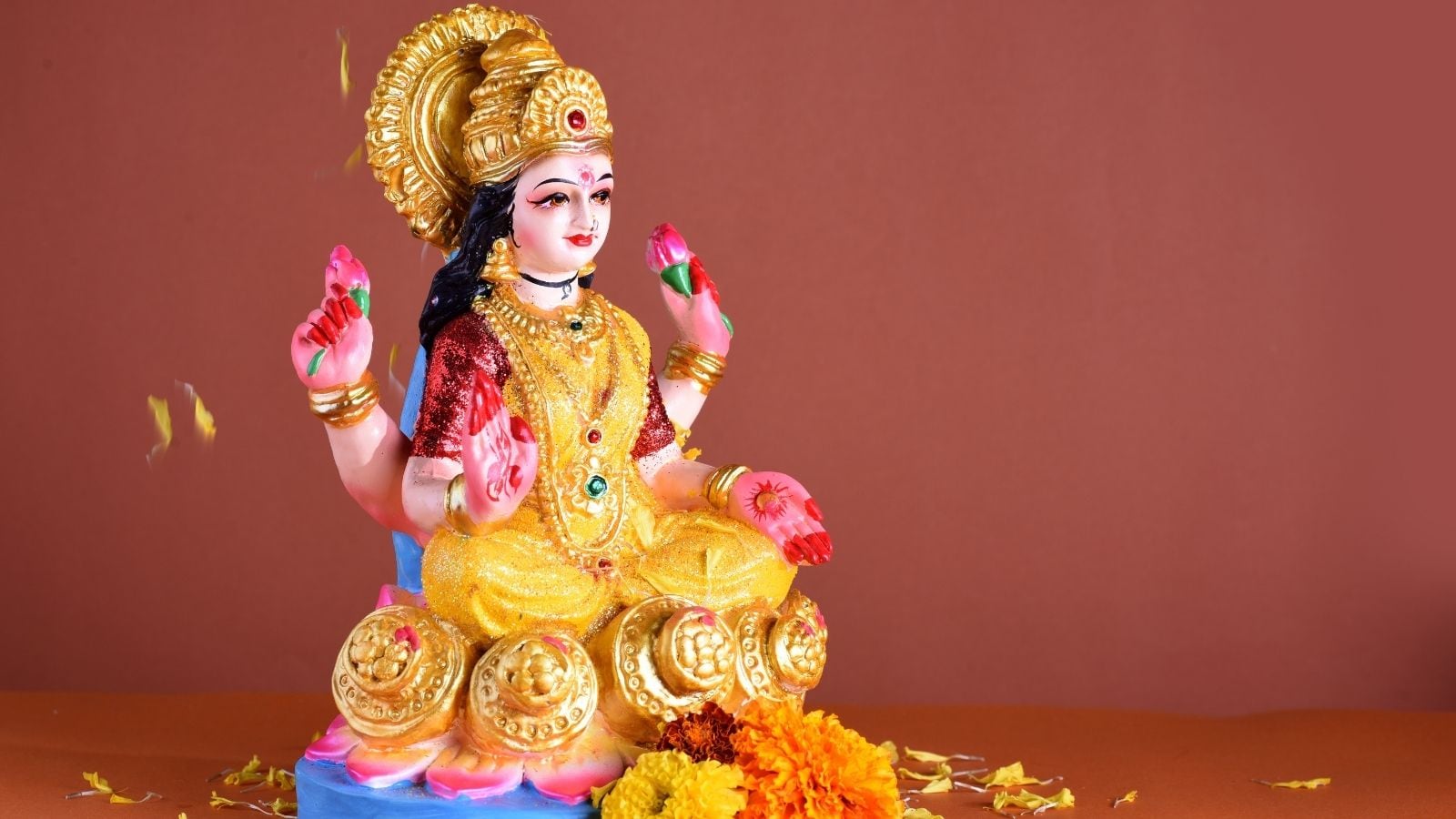
In Gujarat, Diwali is deeply tied to business and prosperity. The festival marks the Gujarati New Year, and homes and shops perform Lakshmi Puja with great devotion. People decorate with torans, rangolis, and candles, and exchange gifts and dry fruits. (Image: Canva)
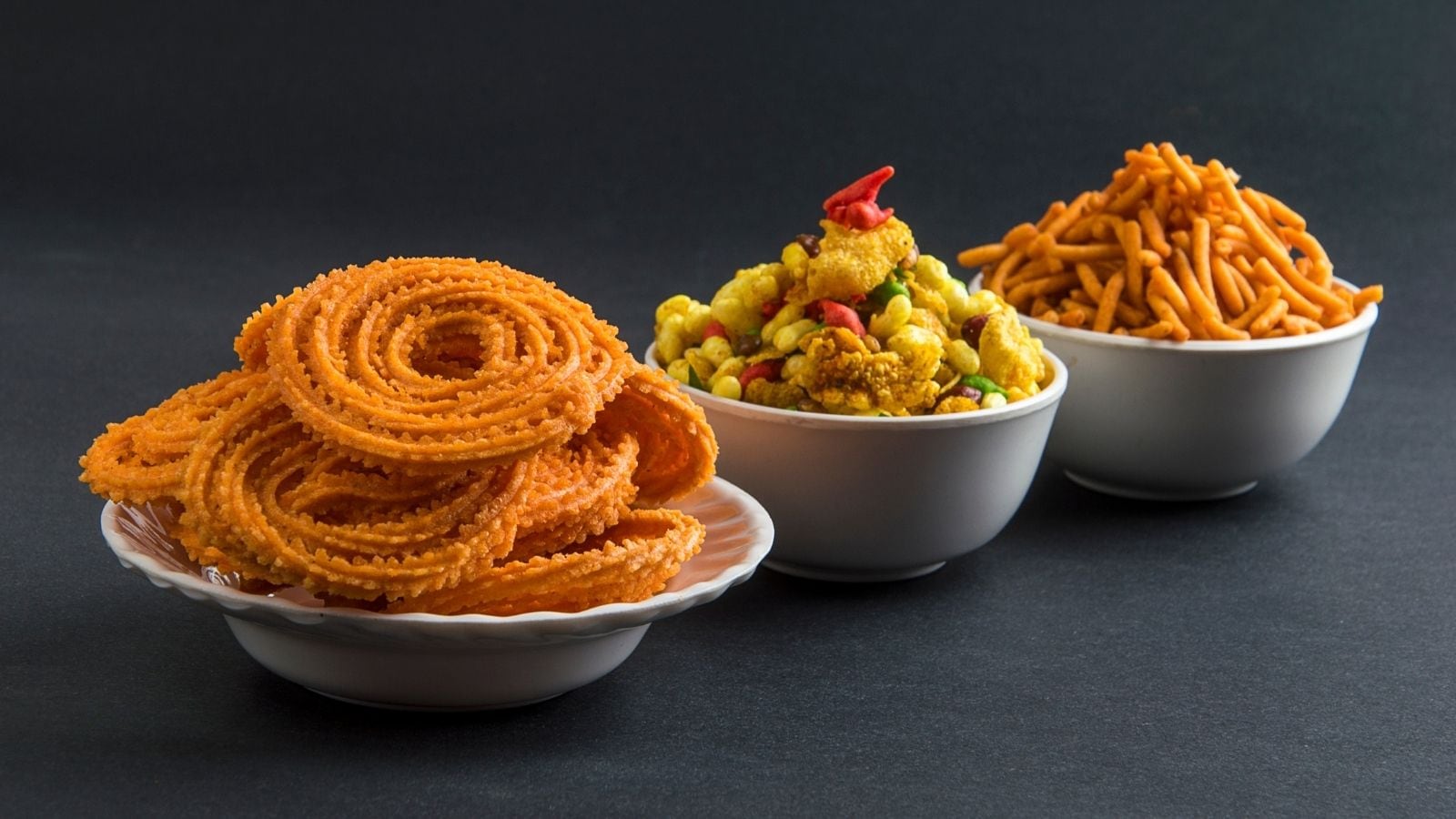
In Maharashtra, Diwali spans five days, starting with Vasu Baras and ending with Bhai Dooj. Narak Chaturdashi is celebrated with early morning rituals and sweets like chakli and karanji. (Image: Canva)
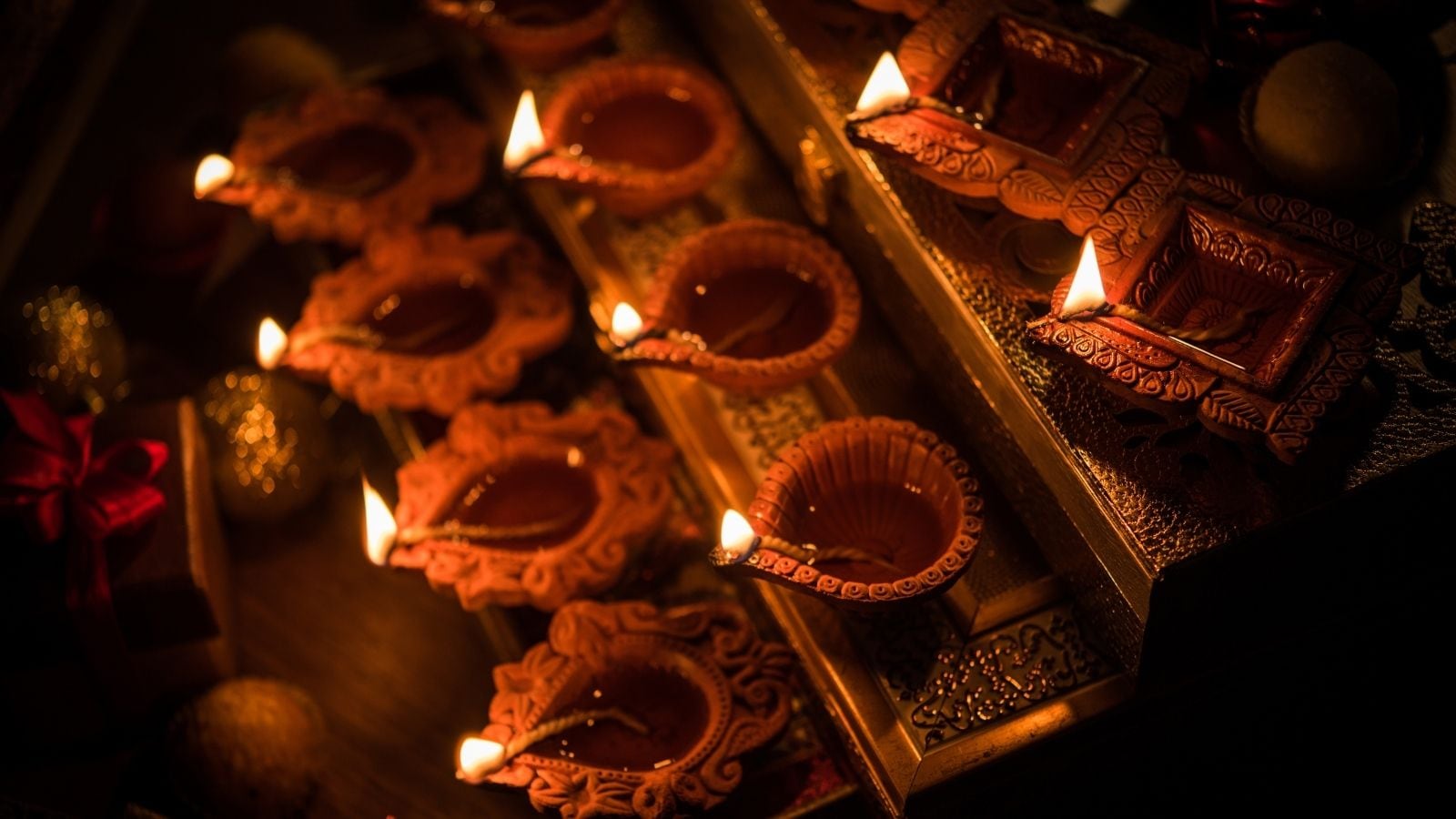
In Madhya Pradesh and Chhattisgarh, Diwali blends mainstream rituals with tribal and folk traditions. Communities gather for local fairs, dance performances, and collective pujas. The emphasis is on togetherness and gratitude, with homes lit up and temples bustling with activity. (Image: Canva)
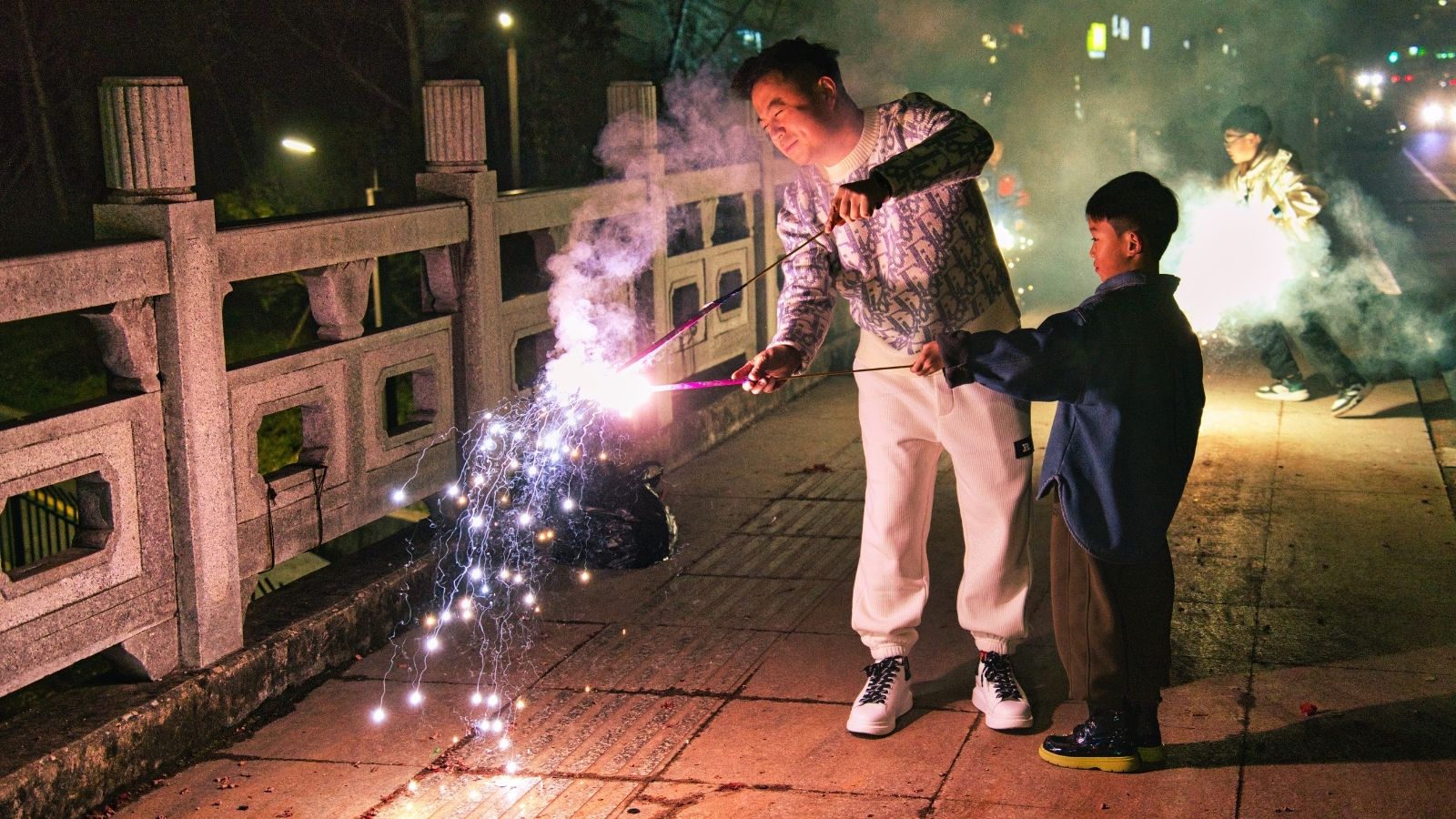
In Sikkim, a local festival called Tihar is organised, which is celebrated by the Gorkha-Nepali community. The celebration commemorates different animals on different days, including cows, dogs and bullocks. (Image: Canva)


